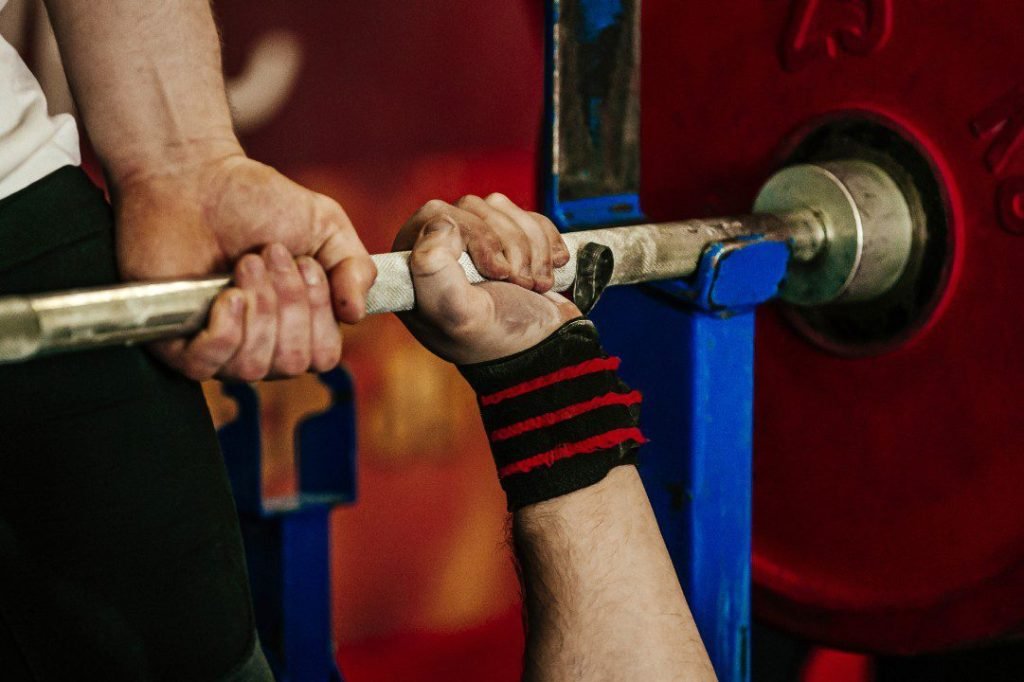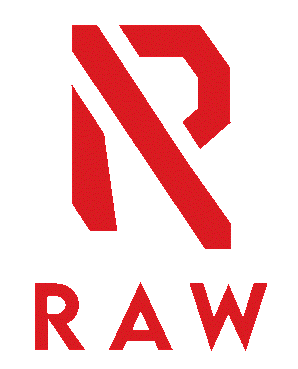To build a workout/training plan for strength training, you must take into account a number of things. For instance, to get stronger and how your body responds to strength training. In other words, you need to pick the right exercise, lift the appropriate weight, perform the appropriate number of reps, finish the set, get the appropriate amount of rest, etc.
Your workout program’s volume, frequency, and reps will largely influence whether you achieve progress. How can we determine whether volume or frequency matters, how many repetitions are best for building muscles or strength?
Let’s talk about partial reps and how to use them to increase strength and size.
Understanding Partial Reps
Partial repetitions are exercises where only a portion of the range of motion is imitated. When you perform an exercise without using your entire range of motion, those are repetitions.
You can perform 3/4, 50%, or even fewer repetitions of the entire action. For instance, instead of crouching all the way down, you merely lower yourself a few inches. A loaded barbell is placed on a power rack or squat rack, and pins are utilized to change the height rather than removing it from the floor.
Deliberately stop during the concentric portion before going to the eccentric part of the exercise, for example, during a dumbbell chest press. Thus, not locking out your elbow at the top part of the movement but only working at the bottom to the mid-range.
What Are The Benefits Of Partial Reps For Muscle Growth?
You can exercise with greater weights by performing partial reps. Heavyweights are often thought to be better for building muscle. As a result, reducing the range of motion shouldn’t be a problem.
Consider benching 100 kg and bringing the bar to your chest as an example. The bar would likely just need to be three to four inches above the chest if you started with partial repetitions. Therefore, bench pressing 120 kg wouldn’t be all that much harder.
Your muscles will expand when the mechanical force on them is gradually increased. Volume in this context refers to the weight lifted, the quantity of reps, and the distance traveled. In essence, you gauge the amount of resistance your muscles must provide.
A partial rep allows you to add more weight and reps while using a less range of motion than a full rep, which compels you to utilize lighter weights and fewer repetitions.
Progressive overload is the process of gradually raising one or more of these variables, hence doing this is beneficial for muscle growth.
How To Gain Strength And Size Using Partial Reps?
When attempting to build muscle without expending too much energy, partial reps are used. It is often carried out during a phase of muscle-building, not fat-loss. To grow a muscle bigger and stronger during exercise, tension is desired; however, not all workouts are ideal.
Engaging the muscles across the complete range of motion is necessary to perfect an activity. Unfortunately, when using dumbbells and barbells, the load is working against gravity and not all of your muscles are built in the same manner.
Your chest, for instance, is divided into three halves. One runs from the armpit to the side of the chest (coastal pec), another from the middle to the collarbone (sternal pec), and so on (clavicle pec).
The dumbbell’s weight is not directed toward the middle of the chest during an incline dumbbell chest press, unlike an abduction. The dumbbell stretches the pecs as you drop it to the bottom, and it actually comes closer to pulling from the upper chest or collarbone pec.
The goal of the workout will determine whether or not it is beneficial. Spending more time at the bottom performing partial reps rather than complete reps is better for building muscle. If you are performing a full range of motion, the tension in the set is far higher and more steady.
Which Workout Benefits From Partial Reps?
With the exception of exercises that place too much stress on the shoulder joints, practically all exercises can be converted into half-rep movements. However, some workouts are more beneficial when done in partial reps.
Along with your regular full-ROM workout, potential reps of an exercise can help you build muscle, burn fat, and even lose weight.
Your current levels of training and fitness will determine the weight and repetitions you use. Here are a few exercises that can offer additional advantages.

Barbell Bench Press
Trainers recommend doing bench press exercises with a full range of motion before progressing to half-reps, as it is a foundational strength movement.
A half-rep bench press targets the chest and triceps muscles, which are often under-worked in women.
Dumbbells Biceps Curl
If you are new to biceps curls, start with weights around 40-50 percent of your one-rep max or a weight easy to lift for seven repetitions without stopping.
Once you reach that point, weights or repetitions may be increased accordingly.

Barbell Squat
During a half-rep squat, you keep parallel, increasing strength without stopping beyond your breaking point, so your butt never drops below your knees.
A muscle breakdown occurs when it is put under tension continuously for one full rep and one-half rep within a series, leading to a stronger muscle when it has fully recovered.
Dumbbells Split Squat
Split squats give you an excellent method of strengthening the glutes and quadriceps to build muscles.
Muscles are created, hamstring tension and tendonitis are prevented, and old injuries are not aggravated.
The Benefits Of Partial Rep Workouts
There are many advantages of performing partial rep workouts. Let’s have a look at the major ones:
Overcome A Plateau
By partially substituting the movement, you can train via unstrained muscles and perform the heavy portion of the exercise without overtaxing your muscles.
Try adding heavier barbell weight to the beginning of the set and raising it as high as you can for, say, one to three partial biceps curls or working within the first foot of a deadlift, if you’ve hit a plateau with partial reps.
If you are unable to finish one more repeat without substantially jeopardizing your range of motion (ROM) or form, you may employ a partial repetition. You are able to exercise with less effort since it is ready to process signals for movement. the exercises that have a greater potential for benefits.
Improvement Of Form And Technique
You can start creating neuromuscular networks for simpler actions by doing partial repetitions. You can then increase reps or weight once you have a weight that is suitable for both ranges of motion in the activity.
You should reduce the load while working on your form and technique so that you can concentrate more on the muscle movements than the weight. In the end, it will assist you in becoming steadier and more at ease with your motions.
By following the advice of knowledgeable personal trainers with years of experience and expertise under their belts, proper form and technique can be accomplished.
Recovery From An Injury
If you’re injured, incorporating half reps into your workout won’t put stress on the afflicted areas. For someone with an ankle or knee ailment, doing half-rep squats won’t put much strain on those joints.
Using partial reps allows you to continue exercising while receiving recuperation. As an athlete, you should get advice from a professional before continuing on your own because it will depend on the precise injury.
Overcome The Limitations Of Mobility
Flexibility and range of motion are essential for strength training, and tight hips, stiff ankles, or knee pain may momentarily limit mobility and range of motion, necessitating just partial repetitions.
To avoid injury and help your body progressively develop its range of motion over time, strength training must be done in conjunction with stretches and mobility drills. For instance, if you lack the mobility to squat all the way down, you should only squat partially.
Conclusion
Ideally, a movement should involve your entire range of motion. Partial reps and rest periods do, however, occasionally aid in plateau bridging
Knowing when to use a certain muscle group during exercise and concentrating all of your effort there can help you develop a better body. Additionally, monitoring your whole training program is essential to improving muscle development, strength improvements, and overall body change.
It might be challenging to stay on top of oneself. This is why exercising in a facility like RAW under the direction of fitness experts can guarantee that your efforts are in line with your objectives.
Give your muscles enough time to heal because neither men nor women should overwork their muscles. Occasionally, utilizing a different workout is necessary.
Every exercise has a purpose in various periods of training; you just don’t perform them all at once.
Our personal training allows you to meet your lifestyle needs and is flexible to fit into your busy schedule. Feel free to contact us for details.
- Personal Training Ngee Ann City: Premium Fitness Solutions with RAW Active - June 27, 2025
- Personal Training Near ION Orchard: Transform Your Fitness Journey with RAW Active - June 24, 2025
- The Complete Guide to Adult Learning Methods: Maximizing Professional Development Through Effective Approaches - June 5, 2025

3 Responses